Cupid Blue Bridal Pieces Collection
United States of America, Greater London, Greater Manchester
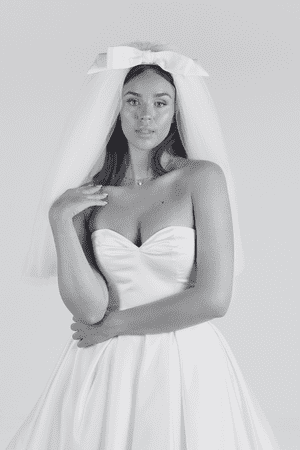
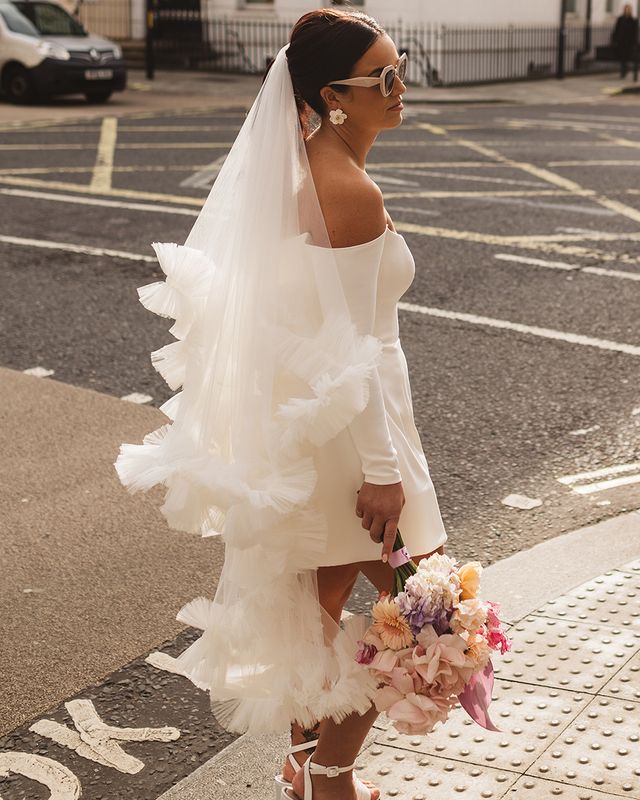
A helpful guide to wedding veils including details on veil types, veil lengths, colours, tulles and the different types of edging. As well as our favourite shoppable items for 2025!
For today’s brides, veils are not just a nod to tradition, but a way to express individuality and emotion.
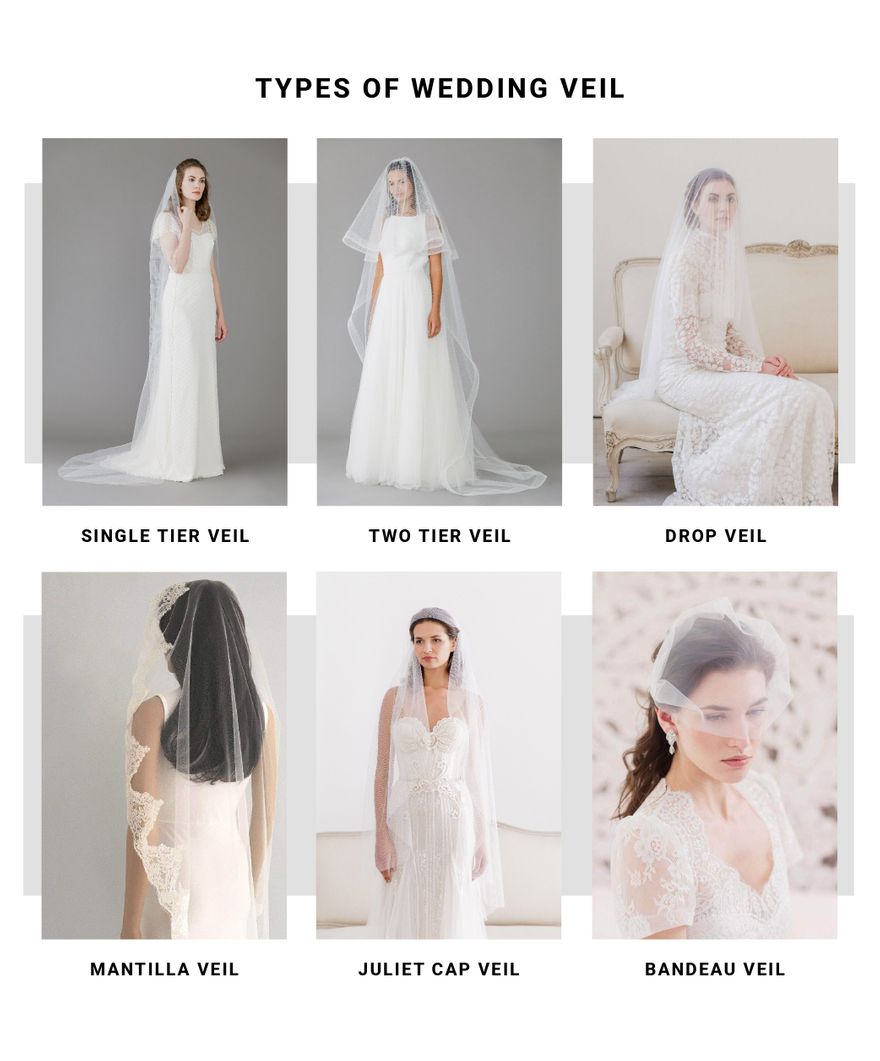
The birdcage veil is having a huge fashion moment and brides are really embracing this look now, not just for chic civil ceremonies, but as a centrepiece for their ceremony look. It’s iconic, elevates your style, it’s easy to wear, and lends an instant sense of confidence and individuality. In my latest collection, Reverie, I’ve reimagined my best-selling birdcage veils with new shapes, materials, and embellishments, including sheer tulle, soft 3D florals, delicate dustings of pearls or crystals, and quietly sculptural silhouettes.
Top Tip - How to Measure for Longer Veils
To ensure your veil complements your dress, measure from the point where you plan to secure the veil (usually the crown of your head) down to the end of your train. Add 20-30cm to this measurement for a perfect cascading effect.
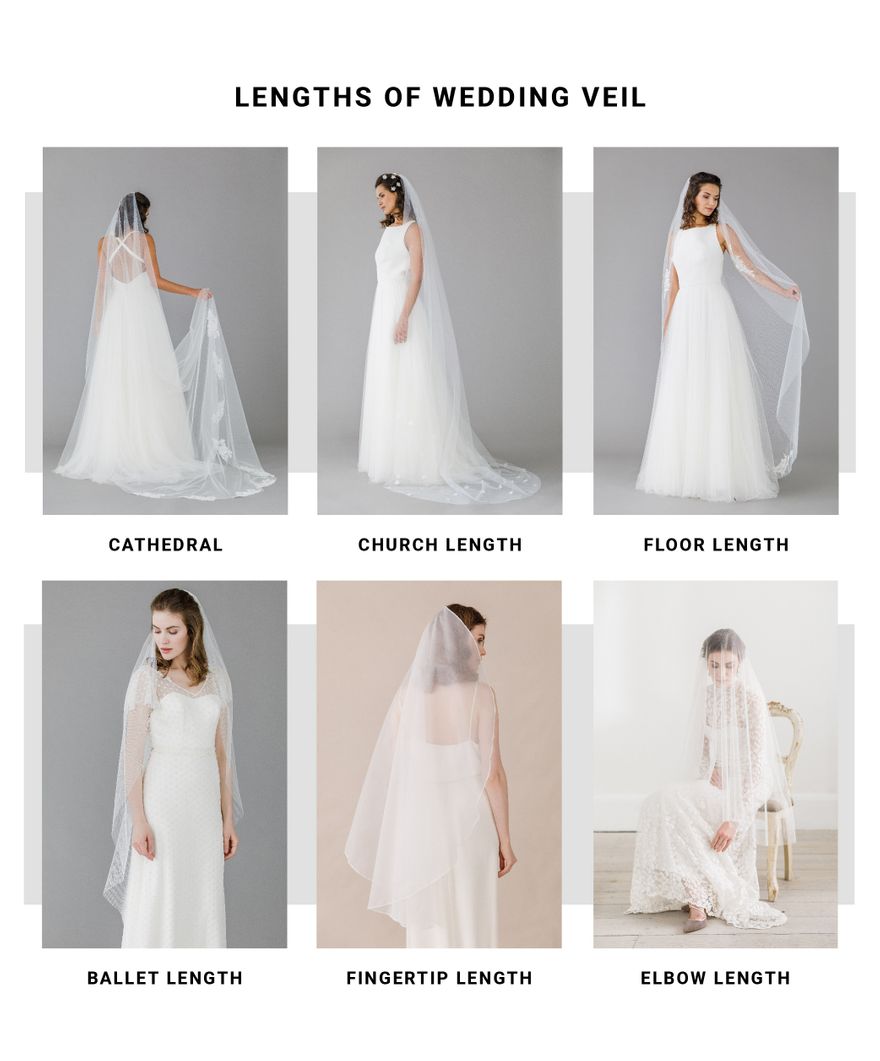
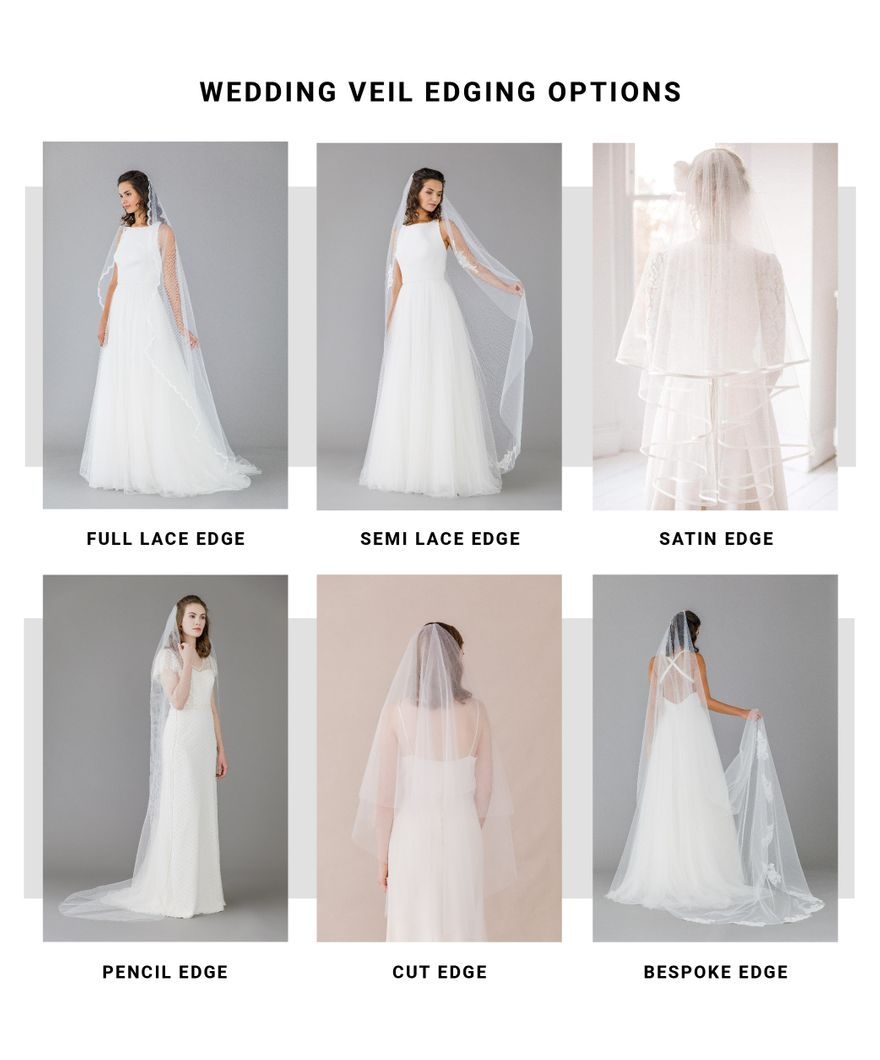
Veils, Crowns, Belts & More
Find all of these accessories from one of our Recommended Suppliers in our incredible curated wedding directory.
Find Accessories